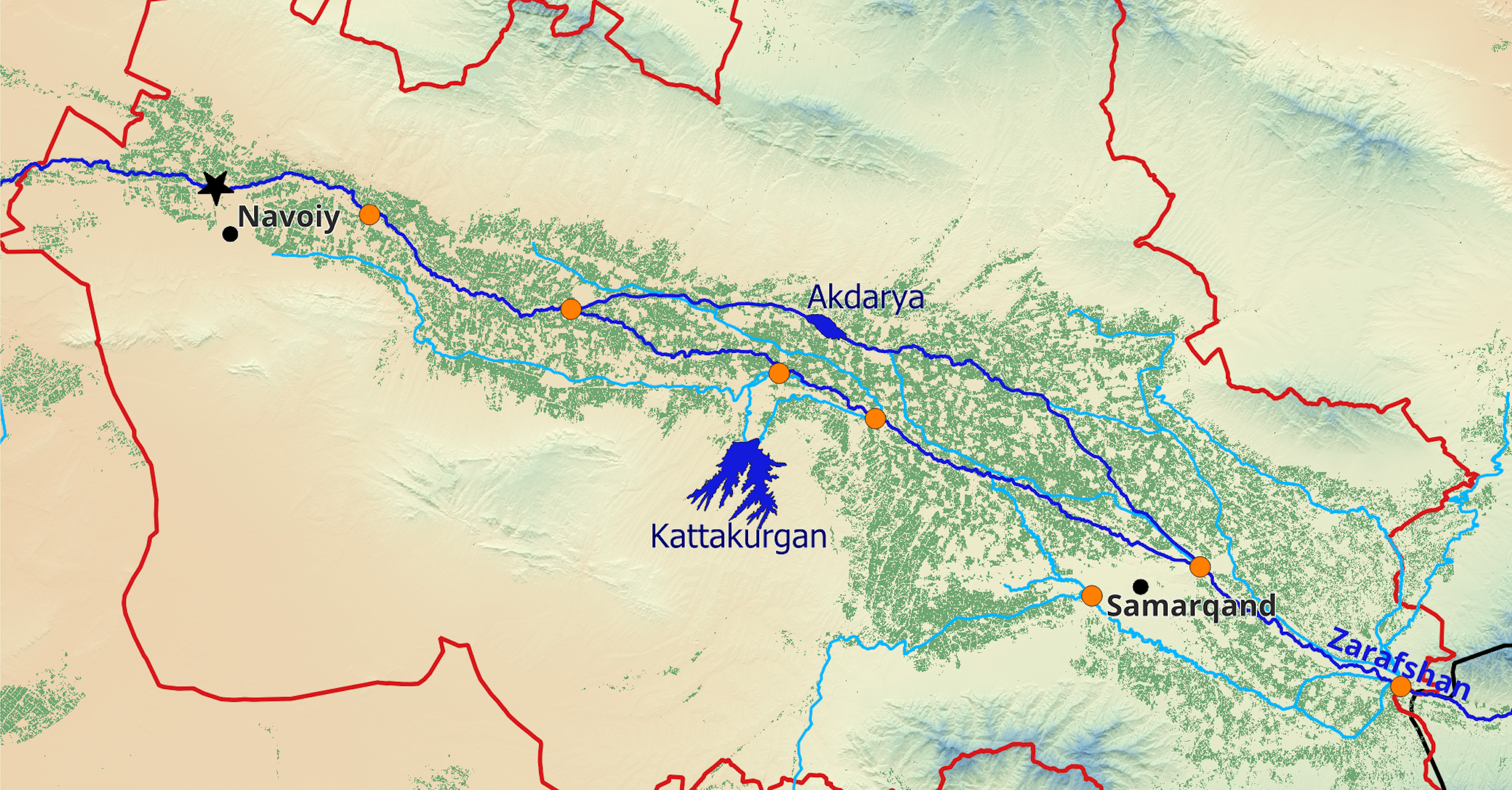Sustainable Management of Shallow Geothermal Energy
Geothermal energy as a clean energy will contribute to the reduction of both CO2 emissions and air pollution in China. It is important to guarantee the sustainable development of shallow geothermal energy usage with monitoring and management methods and policy rules for groundwater use.
Total heating/cooling area using shallow geothermal energy in 2000
Same area in 2004
Installed capacity of Ground Source Heat Pump (GSHP) in China in 2017
Installed capacity world rank
Xiong’an New Area in Hebei province is being built as a model city for a sustainable lifestyle and a good quality of life in China. Sustainable heating and cooling of buildings through shallow geothermal heat exchangers is one aspect of it. However, the thermal use of groundwater adds stress to an aquifer which is already heavily under pressure from over-exploitation and deterioration of groundwater quality. The sustainability of the planned infrastructure of several hundreds of borehole heat exchangers needs to be carefully managed. We collaborate with ETH Zurich and the China Geological Survey to evaluate the current status of shallow geothermal energy management and to give suggestions as to how shallow geothermal energy can be managed sustainably for Xiong’an New Area.
Shallow geothermal energy is usually managed through a modeling approach. In such an approach, monitoring data and predictions by a groundwater temperature model are used to plan and manage the shallow geothermal use according to existing rules on admissible aquifer temperature changes in the underground and in agreement with general sustainability requirements. A groundwater temperature model requires monitoring data regarding temperatures in the shallow underground. However, since spatially distributed temperatures in the shallow underground in Xiong’an cannot be obtained from the existing monitoring network, we examined the relationship between soil temperature at different depths and ground surface temperature. Ground surface temperatures are easier to obtain at sufficient spatio-temporal resolutions, e.g. through remote sensing.

We found that shallow underground temperatures are intrinsically tied to temperature changes at the soil surface. To monitor soil surface temperatures, this feasibility study thus suggested using remotely sensed data obtained from MODIS satellites. Each of the two MODIS satellites collects thermal imagery from Xiong’an New Area twice daily, which allows monitoring changes in surface temperature in near real-time. As a side-product of this feasibility study, we have designed a Web Application that enables users to examine the current distribution of surface temperatures and track changes over time. The App allows understanding the impact of past land-use changes on the micro-climatic landscape, which is relevant not only for the management of shallow geothermal energy but also for human wellbeing in general in light of intensifying heat waves and urban heat islands.
More Projects






